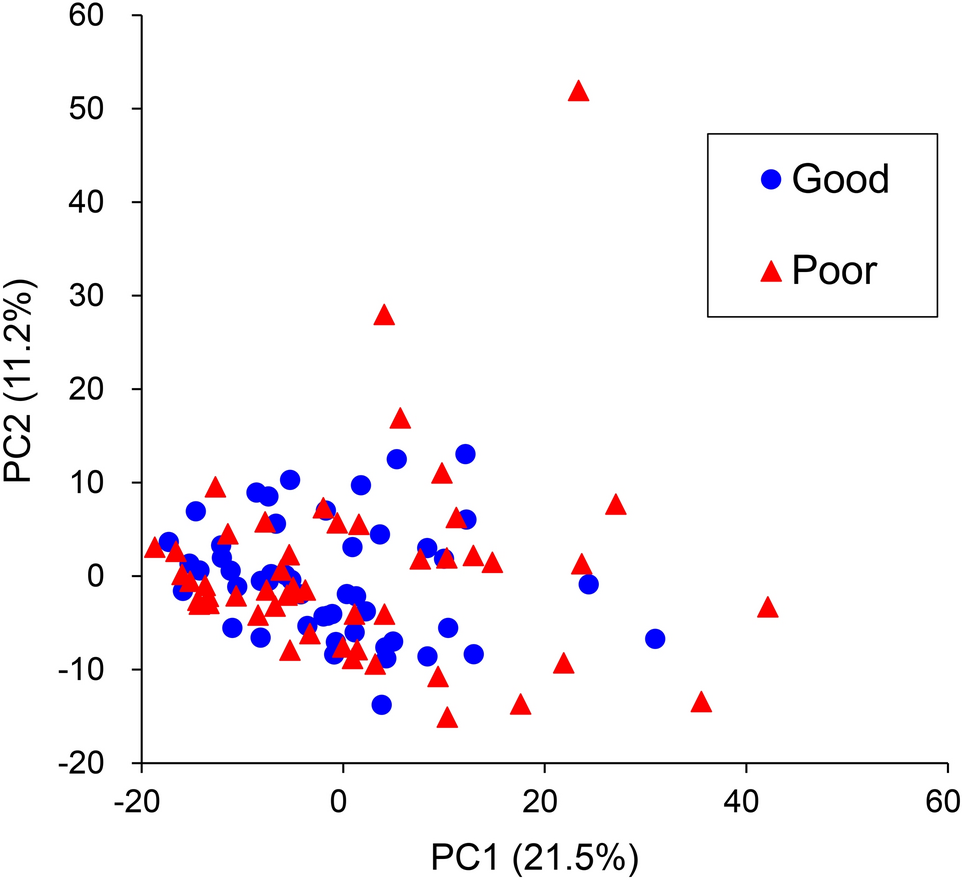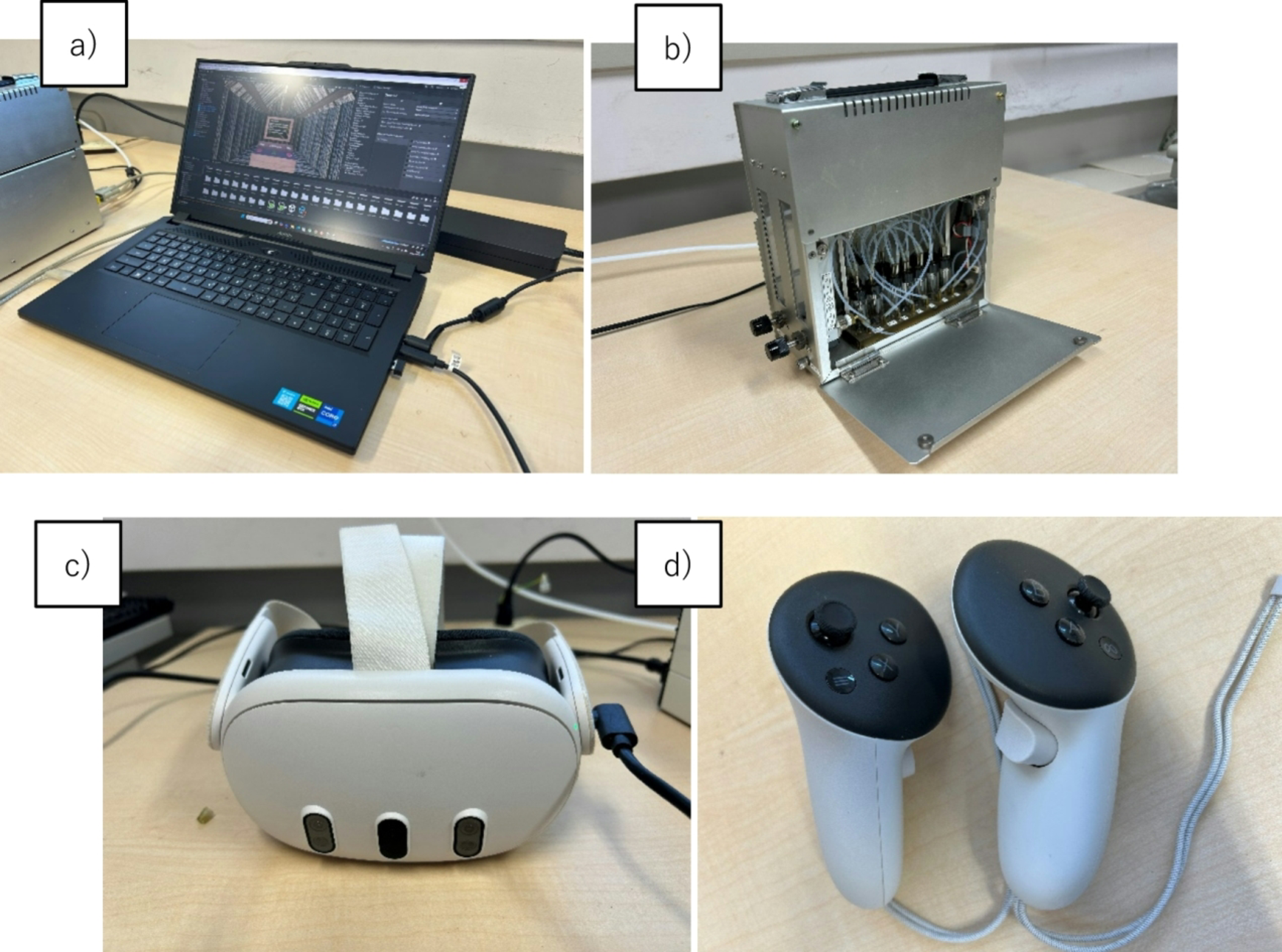2025-04-22 九州大学
<関連情報>
- https://www.kyushu-u.ac.jp/ja/researches/view/1252
- https://www.kyushu-u.ac.jp/f/61536/25_0422_01.pdf
- https://pubs.acs.org/doi/10.1021/acsnano.4c14943
遺伝子活性化にズームイン: 高速原子間力顕微鏡によるエストロゲン受容体αの二量体化とDNA結合の可視化 Zooming into Gene Activation: Estrogen Receptor α Dimerization and DNA Binding Visualized by High-Speed Atomic Force Microscopy
Goro Nishide,Tomoka Ishibashi,Keesiang Lim,Yujia Qiu,Masaharu Hazawa,Ayami Matsushima,and Richard W. Wong
ACS Nano Published: April 18, 2025
DOI:https://doi.org/10.1021/acsnano.4c14943
Abstract

Estrogen receptor α (ERα) is pivotal in gene regulation, particularly in estrogen-responsive cancers. However, the full-length molecular dynamic structure of ERα remains elusive. In this study, we employ high-speed atomic force microscopy (HS-AFM) to visualize ERα interactions with the estrogen response element (ERE) under both ligand-present and ligand-absent conditions. ERα binds to ERE even in the absence of estrogen, although the presence of the ligand significantly enhances binding precision and stability. Our real-time, high-resolution HS-AFM imaging captures ERα structural transitions from monomeric to dimeric forms, elucidating the molecular mechanisms by which estrogen modulates DNA-binding specificity. Based on these findings, we propose a ligand-induced dimerization (LID) model, wherein estrogen facilitates the optimal loading of ERα onto DNA. These insights deepen our understanding of hormone signaling in cancer and hold promise for the development of future therapeutic strategies targeting hormone-related malignancies.


